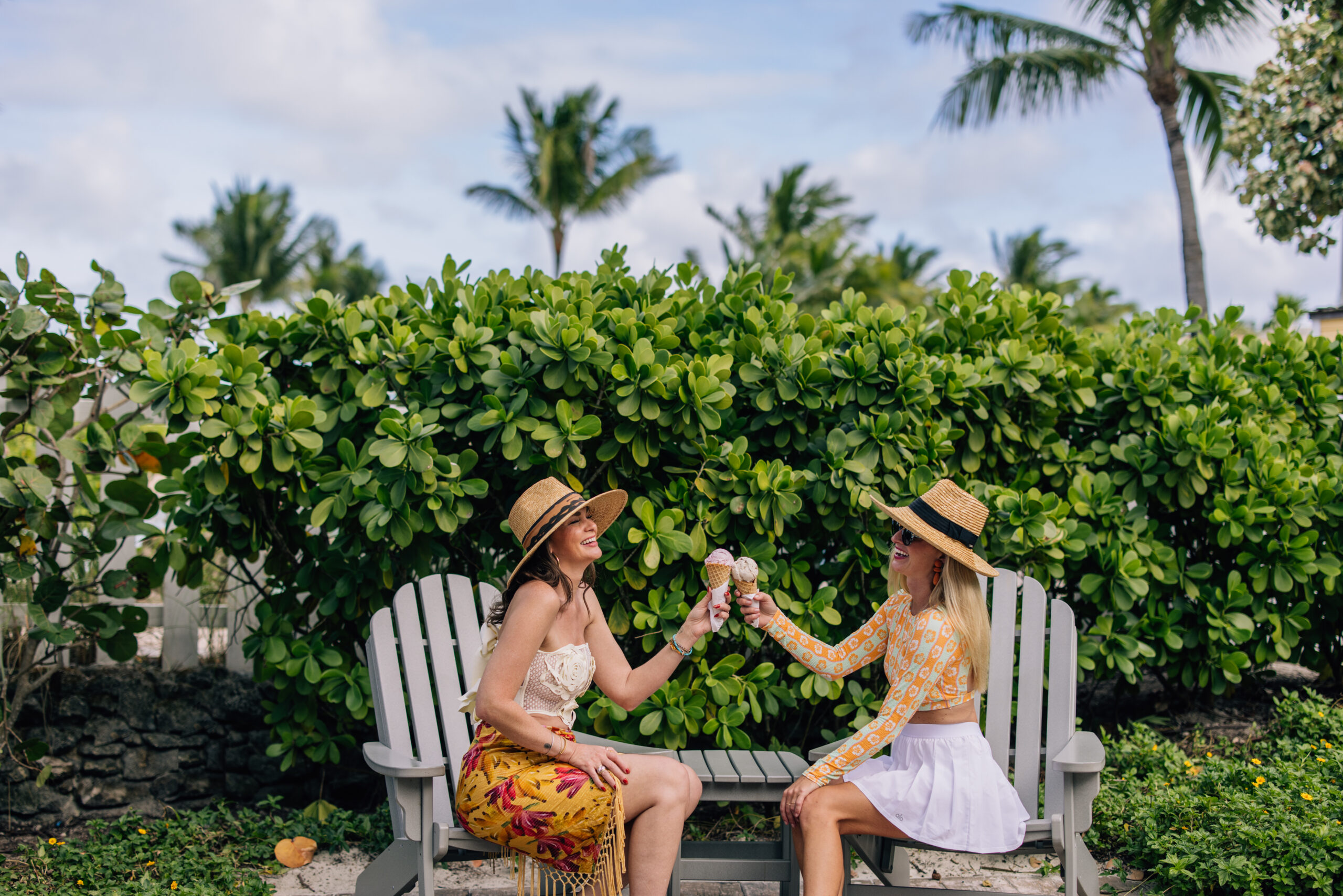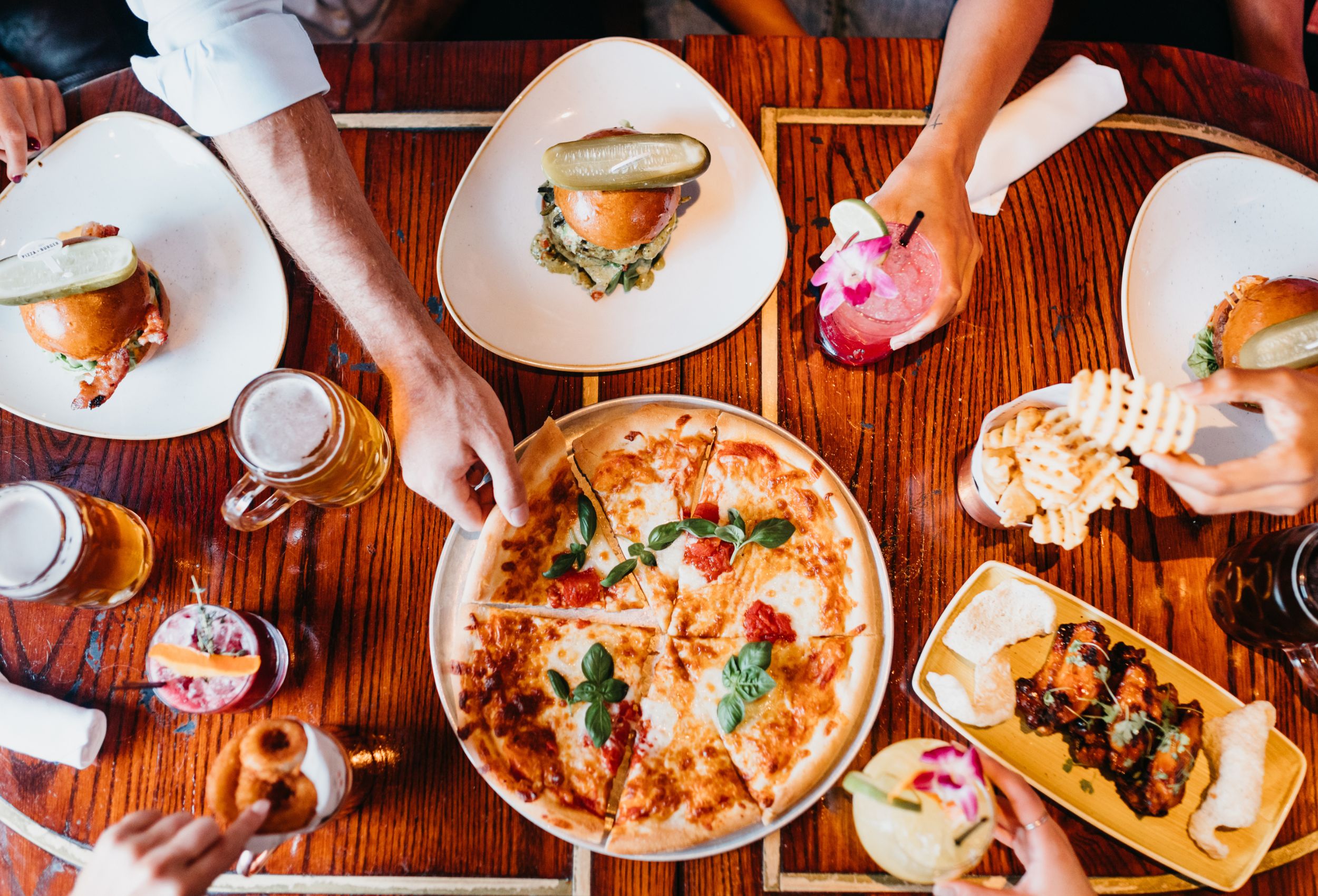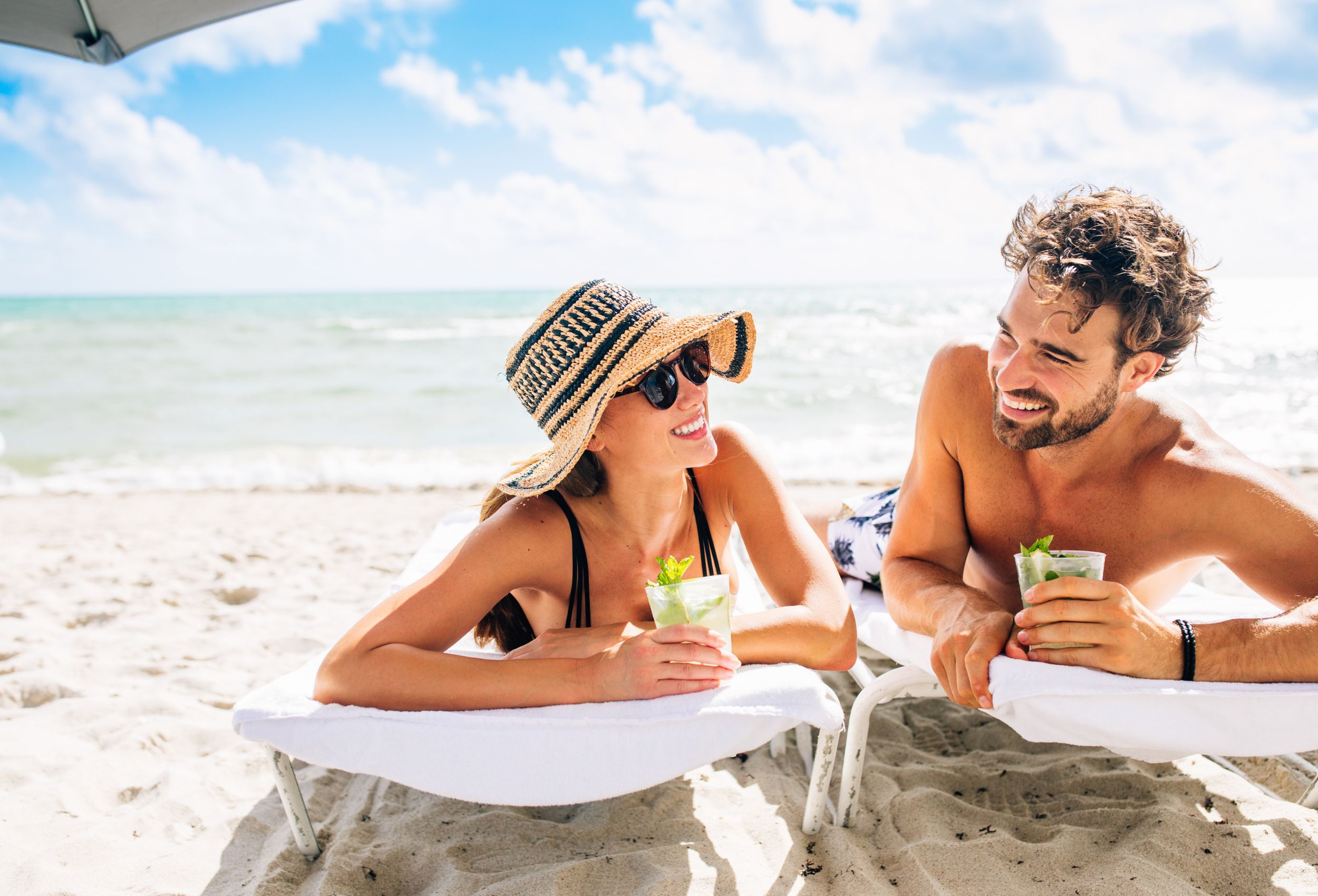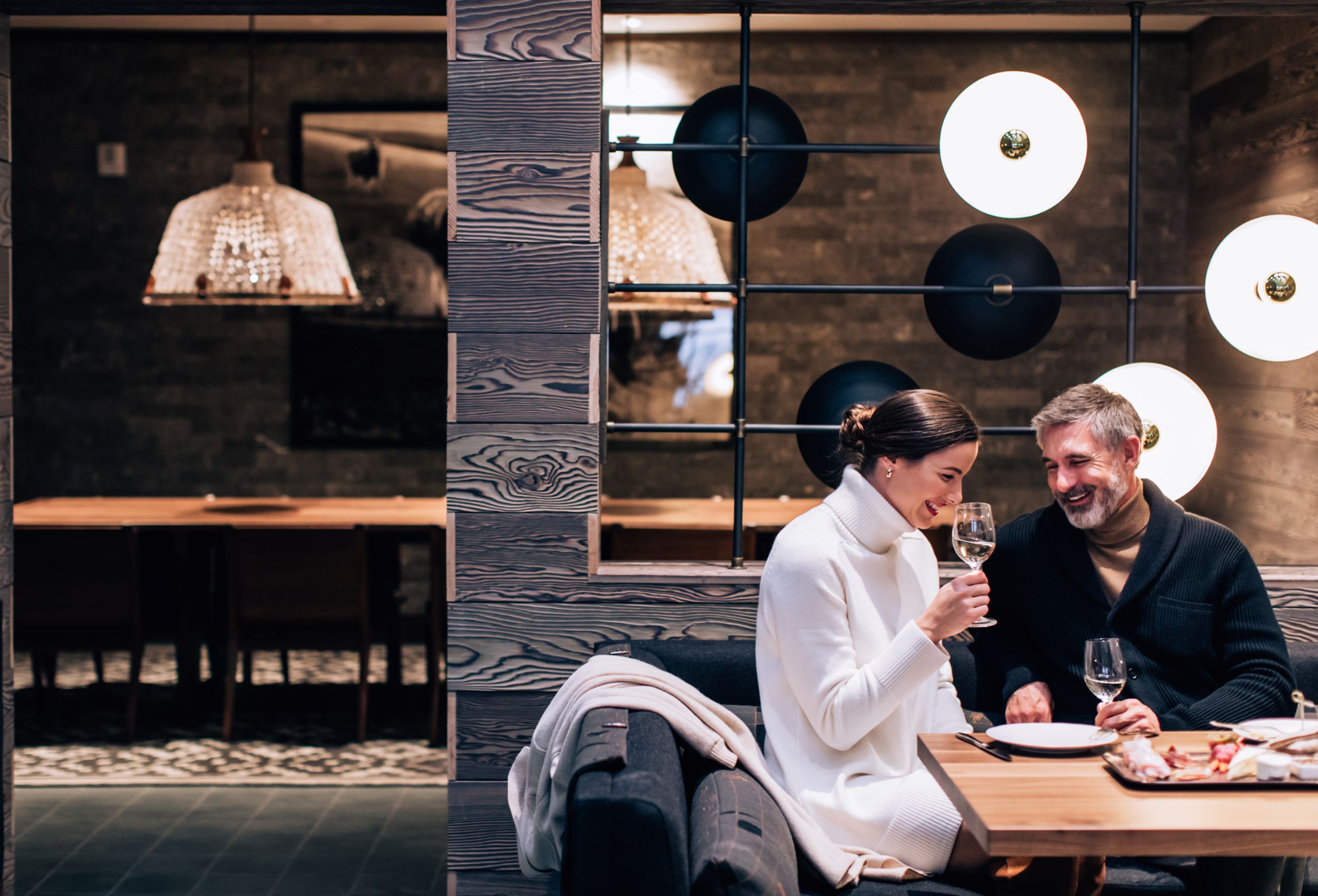No doubt, weather plays an essential role in the world of luxury destinations and resorts. Many properties earn their ultimate getaway designation because of their proximity to incredible natural wonders. Beaches, mountains, and isolated regions all have the allure of their amenities and their climate. Increasingly, that proximity to nature leaves these properties with a need to plan how they will react in a natural disaster. During the days before, during, and after an incident, social media becomes mission critical. But it must handled expertly.
Before the Storm
It’s no secret when a disaster is headed your way. The relentless coverage begins on the weather outlets and escalates to mainstream media. Be aware of what’s happening around you. But monitor reliable sources for accurate information and updates. Share information and updates with your friends and followers on social media. Encourage others to do the same to create a micro-network of sources. However, don’t share rumors or unverified information, especially on social channels. Share honest information that your property is watching carefully and clearly communicate that your property has a plan if the storm escalates.
Social content pre-storm can educate without inspiring fear. Information should focus on safety tips with links to useful resources. Localized information from public service websites can inform people as a storm gets closer. If the situation escalates, more urgent details need to be broadcast, such as where to go for evacuation plans and the most current warnings from expert sources.
Specific to your property, you should post communication regarding hours of operation and whether a property will remain open or closed. In general, this would be emailed to guests with reservations. Consider a broader reach with the best way to communicate any changes in hours of operation for restaurants and events to locals through Instagram.
During the Storm
If the pre-storm social plan was to inform, communication during the storm is best left to the true news outlets. Go dark on social media. Stop running ads. Always ensure that in no way are you being insensitive to guests and the local community.
While you may be publicly dark, in the GMs office things are busy. Develop and share with your internal monitoring team a crisis FAQ doc. Anticipate common questions that will include things like, can we get a refund? Are you open? When will you be back open? Since this information will be unique to the situation, prepare for these questions and have approved responses to ensure correct information is being provided to guests/community members and false information isn’t being shared. It is critical that your entire staff has the same information.
As mentioned, posting should remain dark in most situations. However, when the time is right (case by case), there may be opportunities to post about community and safety updates or relief efforts, only sharing from reliable news and state sources. Consider sharing local reliable media and government information to Instagram stories if necessary, especially if there is a concern about evacuating or sheltering in place.
After the Storm
The question for luxury properties after a storm depends on the unique situation at the property.
Guests will be curious about what is operational. Once the property has had time to assess damage, let guests know in a post. Prepare an updated, comprehensive FAQ landing page on your website and an internal FAQ document for your social monitoring team to field questions regarding the status of amenities and events on the property and in the region if appropriate.
Due to the sensitive nature of the situation, these posts are typically vetted by more parties than a typical post. Oftentimes, senior leadership at the property, PR, and Social agencies will all weigh in on what is being posted during these times.
When there are damages or changes to the property, you need to prioritize. Damages that would impact current guests should be communicated immediately. Things like power outages or closed areas must be updated regularly, including instructions to guests on where to go for updates. A general rule of thumb for damages and changes that wouldn’t impact day-to-day should be communicated after the more urgent emergencies and news have been communicated to ensure the property is not taking up space where more urgent news items need to be communicated to the social community.
As a community member, a property can donate time or money to help. Posting about property team members and employees donating time is a great way to showcase these efforts in a less promotional way. However, posting about donations should be done with an abundance of caution to ensure you are not coming off as self-promotional. You want to be sensitive in these situations and ensure if you were to share relief funds to donate time or money to, you are vetting reliable organizations.
Recent Examples
An example of a recent natural disaster was the devastating fires in Maui. With our guidance, our partner Aqua-Aston Hospitality responded to the situation on social media with the utmost care for informative communication, given many of their properties, guests, and staff were impacted by the fires. In collaboration with the property teams, we deliver timely & relevant messaging while maintaining empathy during this traumatic time. The protocol outlined above ensured a thoughtful plan to release relevant, sensitive, and current information in a rapidly evolving situation. On behalf of Aqua Aston, BCV continues to monitor their messaging as the communities around the property are rebuilt.
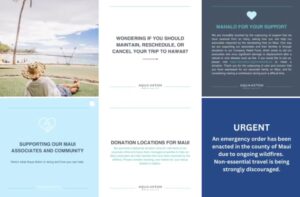
AQUA ASTON PROFILE
URGENT
SUPPORT THE COMMUNITY
FINAL INFO
Conclusion
In times of crisis, people rely on their instincts. They exercise caution in how they communicate. The same is true of how a luxury hotel manages its social media. Be safe. Be sensitive. Be sure of what you sharing. And most of all be there for your community.
